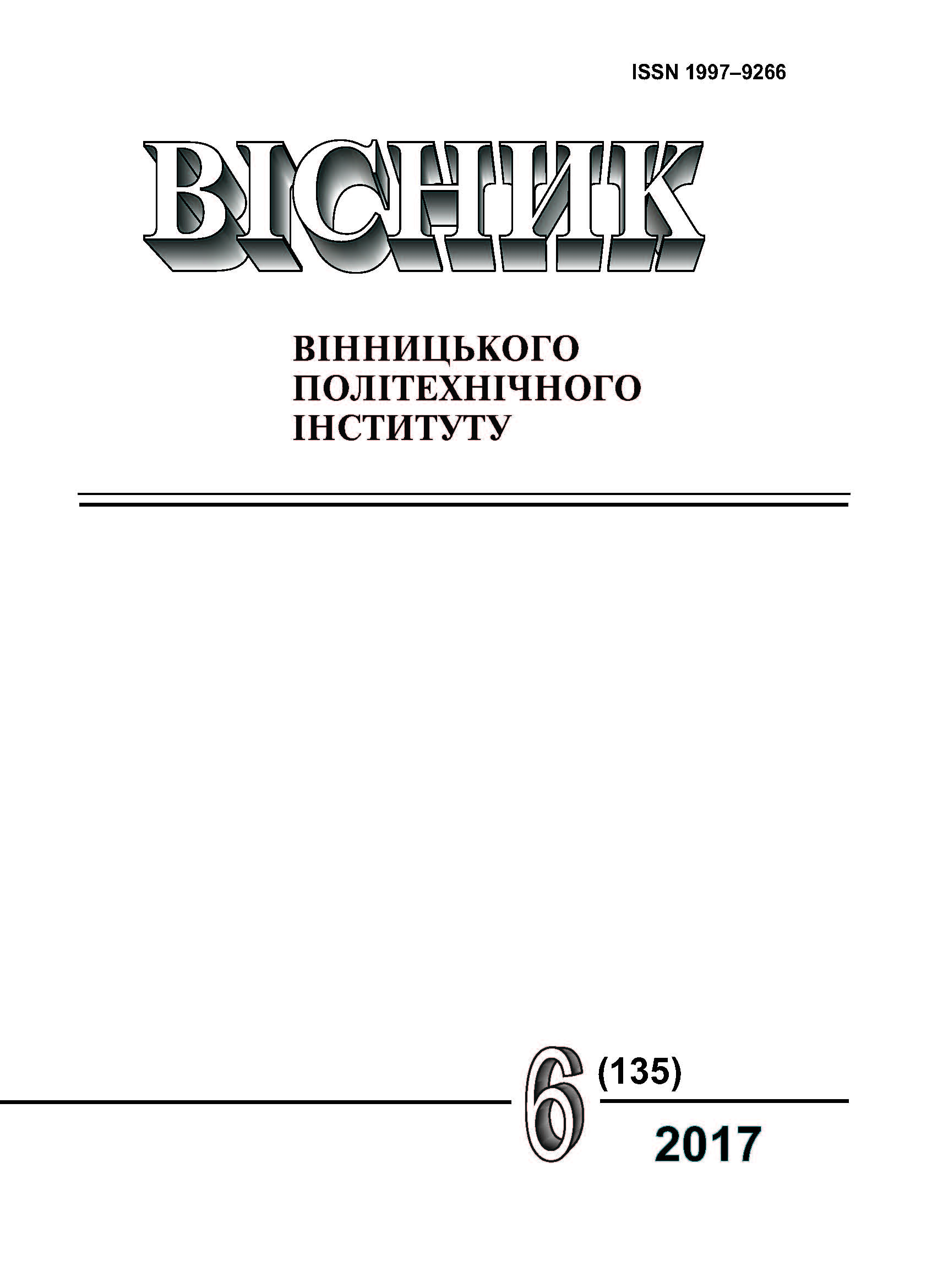Mathematical Models of the Advertising Distribution Process in Social Groups
Keywords:
advertising distribution process, simulation, model of interneural exchangeAbstract
In this article a process of the advertisement spreading via communications within a given target audience and without means of mass media has been modeled and studied. There has been used a model that describes the process of communication within the group, so that more users will be interested in advertised product. The proposed models have been formed based on the method of formalizing the processes of penetration (spread) of the influence of advertising on a given target audience. Approaches based on models of social and physical analogies of information exchange processes in the social network have been used.
References
2. Івохін Є. В. Про один підхід до моделювання розповсюдження реклами як процесу агрегації, обмеженої дифузією / Є. В. Івохін, Ю. О. Науменко // Вісник КНУ імені Тараса Шевченка. — 2016. — № 2. — С. 98—101. — (Фіз.-мат. науки).
3. Jang J. S. Neuro-Fuzzy and soft computing / J. S. Jang, C. T. Sun, E. Mizutani. — N.Y. : Prentice Hall, 1997. — 176 p.
4. Latané B. The psychology of social impact / В. Latané // American Psychologist. — 1981. — V. 36. — Р. 343—356.
5. Араманович И. Г. Уравнения математической физики / И. Г. Араманович, В. И. Левин. — М. : Наука, 1969. — 288 с.
6. Хайрер Э. Решение обыкновенных дифференциальных уравнений / Э. Хайрер, С. Нерсетт, Г. Ваннер. — M. : Мир, 1990. — 512 с.
Downloads
-
PDF (Українська)
Downloads: 103
Published
How to Cite
Issue
Section
License
Authors who publish with this journal agree to the following terms:
- Authors retain copyright and grant the journal right of first publication.
- Authors are able to enter into separate, additional contractual arrangements for the non-exclusive distribution of the journal's published version of the work (e.g., post it to an institutional repository or publish it in a book), with an acknowledgment of its initial publication in this journal.
- Authors are permitted and encouraged to post their work online (e.g., in institutional repositories or on their website) prior to and during the submission process, as it can lead to productive exchanges, as well as earlier and greater citation of published work (See The Effect of Open Access).





